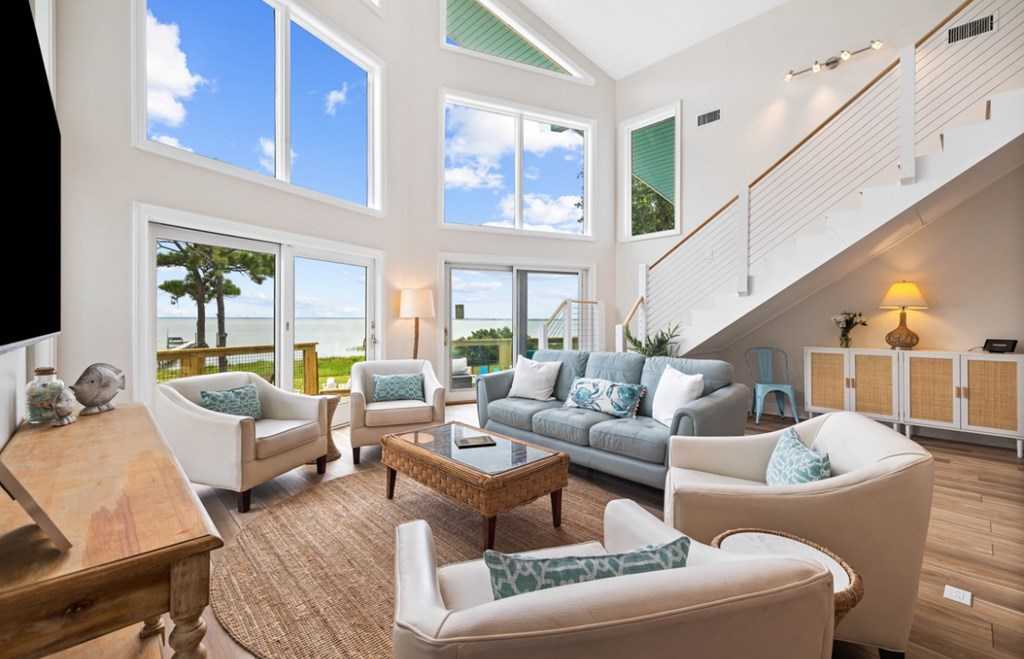When selling a vacation home, one of the key decisions you’ll need to make is whether to sell it furnished or unfurnished. Each option has its own set of advantages and drawbacks, and the right choice depends on your target buyers, market conditions, and financial goals. Here’s a breakdown of the pros and cons of selling a furnished vs. unfurnished vacation home.
Selling a Furnished Vacation Home
Pros:
1. Attracts Turnkey Buyers – Many vacation home buyers prefer a move-in-ready experience. A fully furnished home can appeal to those looking for a hassle-free purchase.
2. Higher Perceived Value – Quality furniture and décor can enhance the aesthetic appeal, making the property more desirable and justifying a higher asking price.
3. Faster Sales Process – Buyers interested in a vacation rental investment or a second home may be more inclined to make a quicker decision if furnishings are included.
4. Increases Rental Appeal – If your property has a strong short-term rental history with furnishings, investors may see it as an immediate income-generating asset.
Cons:
1. Subjective Taste – Not all buyers will have the same style preferences. If the furnishings don’t align with their tastes, it could be a deal-breaker.
2. Higher Initial Investment – If the furniture is outdated or worn, you may need to invest in upgrades to make the home more appealing.
3. Complicated Negotiations – Buyers may want to negotiate on specific items, leading to more complex discussions and potential delays.
4. Potential Depreciation – Furniture loses value over time, which may not translate to a direct return on investment when selling the property.
Selling an Unfurnished Vacation Home
Pros:
1. Wider Buyer Pool – An unfurnished home allows buyers to visualize the space with their own furniture and style preferences.
2. Simplified Transaction – Without furniture involved, negotiations and closing processes tend to be more straightforward.
3. Lower Upfront Costs – You won’t need to invest in staging or upgrading existing furniture, saving money on preparations.
4. Easier Maintenance – An empty home reduces the risk of damage or wear and tear to furniture during showings or inspections.
Cons:
1. Lack of Immediate Appeal – An empty home can feel less inviting, making it harder for buyers to imagine its potential.
2. Longer Time on Market – Some buyers may prefer a furnished home and could pass over unfurnished listings, extending the selling timeline.
3. Staging Costs – If the home is completely empty, staging might be necessary to create a warm and inviting atmosphere for showings.
4. Potentially Lower Offers – A furnished home can sometimes command a higher price, whereas an unfurnished one might not have the same perceived value.
Which Option is Right for You?
Ultimately, the decision comes down to your goals as a seller. If you want to attract vacation home buyers looking for a move-in-ready option, selling furnished may be the best choice. However, if you prefer a simpler sale with fewer negotiations, an unfurnished home could be the way to go.
Assessing your target market, property value, and the condition of your furnishings can help you determine the best strategy for selling your vacation home successfully.

